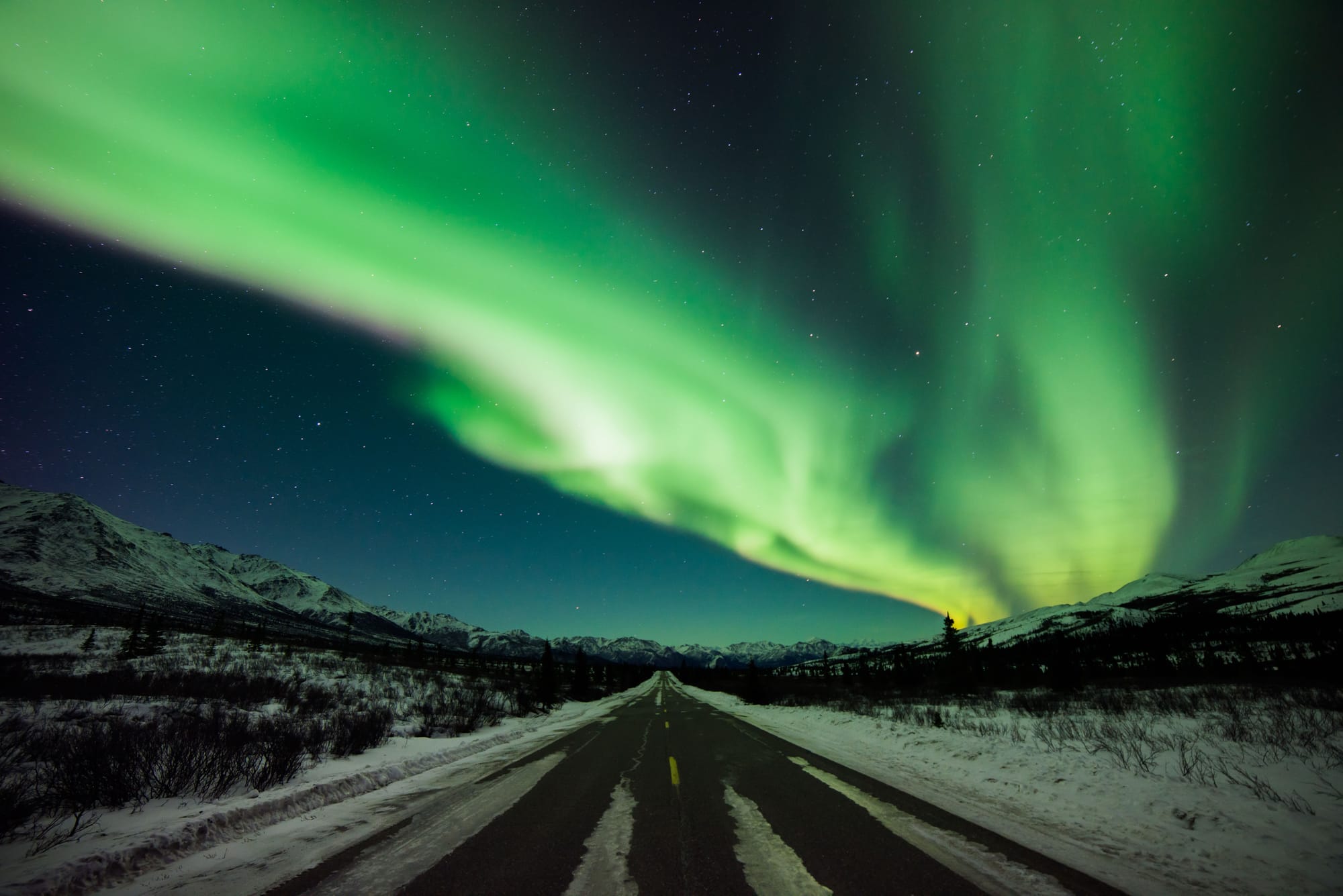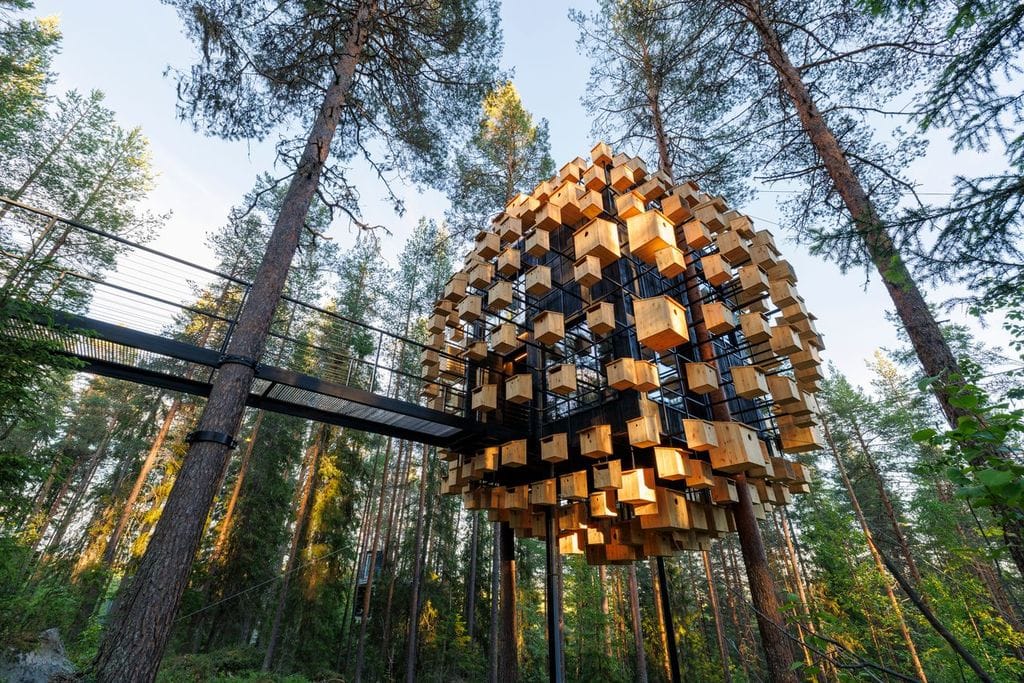Where to See Northern Lights? ULTIMATE GUIDE to Chasing Aurora Borealis in the United States
A friendly reminder that these aren't just pretty lights. They're evidence of our planet's magnetic field protecting us from solar radiation. It's also a cosmic dance that's been occurring for billions of years.

If you've never witnessed the aurora borealis, 2025 offers you an extraordinary opportunity. This ultimate guide shows you where to see northern lights across the United States. Yes, from the wilderness of Alaska to accessible locations in the lower 48 states—and explain why this year and next are your best chance to experience this celestial phenomenon.
The aurora borealis occurs when charged particles from the sun collide with Earth's upper atmosphere at speeds reaching 45 million miles per hour. Our planet's magnetic field acts as a protective shield, redirecting these solar particles toward the polar regions. When these energized particles slam into atmospheric gases approximately 60 to 200 miles above Earth's surface, they create the luminous displays we know as Northern Lights.

The Science Behind the Spectacle
Before knowing where to see the Northern Lights, it is necessary to understand what lies behind them.
The aurora borealis occurs when charged particles from the sun collide with Earth's upper atmosphere at speeds reaching 45 million miles per hour.
Our planet's magnetic field acts as a protective shield, redirecting these solar particles toward the polar regions.
When these energized particles slam into atmospheric gases approximately 60 to 200 miles above Earth's surface, they create the luminous displays we know as auroras.
What about the colors?
The colors you see depend on which atmospheric gases are being excited and at what altitude the collisions occur.
The most frequent color, bright green, happens when solar particles strike oxygen molecules at lower altitudes (around 60-150 miles up).
The rarer red auroras occur when particles hit oxygen at higher altitudes above 150 miles, while purples and blues emerge from interactions with nitrogen.
Northern Lights aren't just pretty lights—they're visible evidence of our planet's magnetic field protecting us from solar radiation. I like to think that are also a cosmic dance that's been occurring for billions of years.

Northern Light in the US in 2025 and beyond
Notable news: 2025 is one of the best years—in over 10 years—to see the Northern Lights. NASA and the National Oceanic and Atmospheric Administration (NOAA) confirmed that the sun reached its solar maximum phase in 2024—the peak of its 11-year activity cycle—and this heightened activity is projected to continue until March 2026.
What makes the current period even more appealing is the phenomenon known as the "decline phase" or "last gasp" of the solar cycle. Scientists predict that the auroras could intensify even further in late 2025 and early 2026 as the sun leaves its solar maximum.
This results in multiple aurora-viewing opportunities across the United States over the next months.
But... where to see Northern Lights in the US?

Where to see Northern Lights in the US?
We all know Alaska is the crown jewel of Aurora viewing. This is just because Alaska lies directly beneath the aurora oval—the ring-shaped zone around the North Magnetic Pole where auroras most frequently occur.
So, the state remains the undisputed champion for northern lights viewing in the United States. But... where to see Northern Lights?
Montana
Glacier National Park has emerged as one of the premier locations where to see Northern Lights in the continental United States.
Montana's geographic location at the northern tip of the lower 48 states allows it to be within the southern reach of the auroral oval, especially during periods of heightened solar activity.
The park offers 13 camping areas. However, only the St. Mary Campground allows RVs and is accessible year-round.
For a more comfortable experience, numerous lodges near the park offer heated accommodations and easy access to darkened viewing areas.
Many Glacier, on the east side of the park, offers good views with minimal light pollution.
The best time to see the Northern Lights is during fall, winter, and early spring. These seasons provide the best viewing conditions. Skies are darkest from October to March, and nights are longest during the winter. During strong geomagnetic storms, they can be seen from dusk to dawn.

North Dakota: Dark Skies
North Dakota might not be the first place that comes to mind when people ask where to see Northern Lights, but the state's northern latitude and exceptionally dark skies make it an emerging hotspot.
A plus: North Dakota's flat terrain allows you to see the auroras dancing across the sky rather than peeking over mountain ridges.
Pembina Gorge, Sully Creek State Park, and Fort Abraham Lincoln State Park are three of the state's best viewing spots. The Sheyenne National Grassland offers a rustic camping area with vast, unobstructed northern horizons.
Theodore Roosevelt National Park, in the Badlands, offers close-up views that complement the northern lights. The park has two campgrounds: Cottonwood in the South Unit (open year-round) and Juniper in the North Unit (open seasonally). Both accommodate RVs and offer dark, open skies, ideal for aurora viewing.

Maine: Eastern Promise for Aurora Seekers
Maine offers surprisingly good opportunities to see the northern lights, particularly during the current solar maximum period.
The Katahdin Woods and Waters National Monument holds the distinction of being an International Dark Sky Sanctuary, placing it among the darkest locations east of the Mississippi River. The monument doesn't currently offer established campgrounds, but primitive camping is allowed in designated areas with proper permits.
For more accessible options, Bradbury Mountain State Park in Pownal offers established campsites just 30 minutes from Portland, making it ideal for those who want to chase auroras without venturing deep into the wilderness. The park's elevation provides clear northern horizons with minimal light pollution.

Washington: Pacific Northwest Gateway
North Cascades National Park serves as the Pacific Northwest's premier aurora viewing destination. The park's northern location and minimal light pollution make it suitable for aurora watching during strong geomagnetic storms.
Newhalem Creek Campground and Goodell Creek Campground both accommodate RVs and provide access to optimal viewing areas. The park's mountainous terrain means you'll want to scout locations with clear northern horizons during daylight hours.

When and How to See the Northern Lights?
The best time where to see Northern Lights spans from late September through late March.
In Alaska and northern Canada, winter darkness arrives early and lingers late, sometimes providing 18-20 hours of darkness at peak season. This extended window increases your chances of witnessing a display.
In the Lower 48 states, October through February typically provides the best balance of dark hours and relatively manageable weather conditions.
Auroras don't appear only at midnight. During strong geomagnetic storms, they can begin appearing shortly after sunset. The peak viewing window typically occurs between 10 PM and 2 AM local time, with maximum activity often occurring between midnight and 1 AM.

I'm so glad you made it this far. Plan V is an independent magazine, and your donation allows me to continue doing this.
See you soon.
Thank you!
FAQS
Where is the best place to see the Northern Lights?
The absolute best place globally to see the northern lights is within the aurora oval itself, which circles the Arctic region at approximately 66-69 degrees north latitude. This includes northern Norway (particularly Tromsø and Svalbard), northern Finland, Iceland, northern Sweden, northern Canada, and Alaska.
Which country is the best for seeing the Northern Lights?
Norway often receives the title of best country overall for northern lights viewing. Its location within the aurora oval ensures frequent displays, while the Gulf Stream keeps coastal areas warmer and more accessible than other arctic regions at similar latitudes. Iceland ranks second due to its accessibility from North America and Europe, compact size (making it easy to escape bad weather by driving a few hours), and stunning landscape backdrops for photography. For North American travelers specifically, Alaska offers the most accessible and cost-effective option.
Where is the best place to see the northern lights in the US?
Within the United States, Fairbanks, Alaska, consistently ranks as the premier location to see the northern lights. For those preferring the Lower 48 states, Glacier National Park in Montana offers the most reliable viewing opportunities during the current solar maximum period, with the advantage of being accessible by car without requiring flights to Alaska.
When can you see the northern lights in the USA?
The northern lights viewing season in the United States runs primarily from late August through late April, with peak viewing occurring from September through March when nights are longest and darkest. In Alaska, auroras can technically be seen year-round, but summer's nearly 24-hour daylight makes them invisible against the bright sky.






